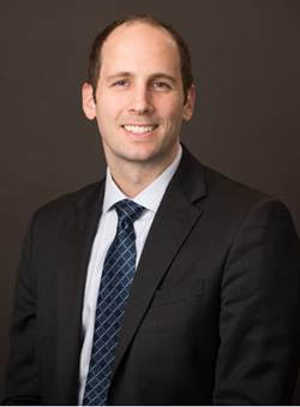- Pastor Chris DelCol
- Posted On
The Lenten Season: Do you want to know a secret?
Secrets, rules, and commands.
Pastor Klaus of Lutheran Hour Ministries tells the following story about a little girl in his congregation.
He writes, “Pastor Klaus, Pastor Klaus. My mommy and daddy told me a secret." That was what a kindergarten student told me years ago. She was almost bursting with the news of her secret. Then she added, "Do you want to know my secret?"
I said, "Honey, if your folks told you a secret, I think you probably ought to keep it." She looked at me like I was dense as a post. "But do you wanna know my secret?" Then, before I could answer, she said, "Mommy is going to get fat. And do you know why?" Since we had gone that far, I played along, "Well, if you won't get into trouble for telling me, no, I don't know why your mommy's going to get fat."
She giggled and said, "I can't tell you why mommy's going to get fat. I can't tell you for another seven months." Then she smugly added, "You see, I know how to keep a secret."
Secrets. Some people can keep them, most can't. Some secrets are worth keeping; others are too good to keep to yourself.
Do you remember the secrets, rules and commands of your past? The secrets that we all broke, “don’t tell anyone about what I am about to say, do you promise?” “Of course, I promise.” And what happens five minutes later? “Guess what John or Sarah or Michael or whoever told me, you won’t believe it … promise you won’t tell anyone?” “Certainly, I won’t say a thing.” Next thing you know, the secret is the cover story of the Daily News!
And how about the rules you had to follow as a kid? You will eat what is put before you, don’t talk back to me, do what you are told, be home by 10:00 p.m. or else, etc., etc., etc.. And of course, the commands … the guidance we receive from our Lord to live a sanctified life. The Ten Commandments.
As such we have secrets, rules, and commands in our lives just as the people in Jesus’ time had.
This is where the Transfiguration readings in Scripture give us an example of all three wrapped up into one. It is all about a secret … Jesus commanding His disciples, “Keep this secret, do not tell anyone what you have just seen.” And to this I have a problem from a human perspective.
Please join us at 11 a.m. at First Lutheran Church in Lucerne. Worship is followed by a hearty lunch and a time of fellowship for all.
Chris DelCol is pastor of First Lutheran Church in Lucerne, Calif. It’s located at 3863 Country Club Drive, telephone 707-274-5572.










